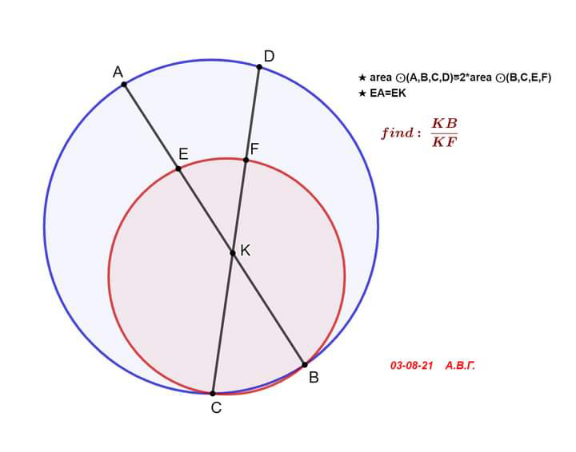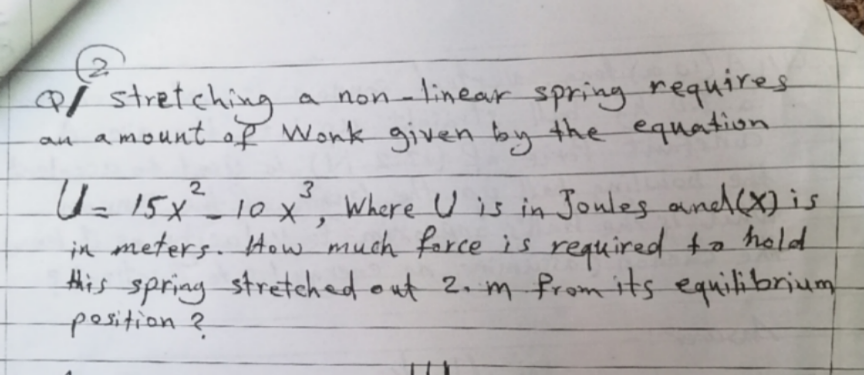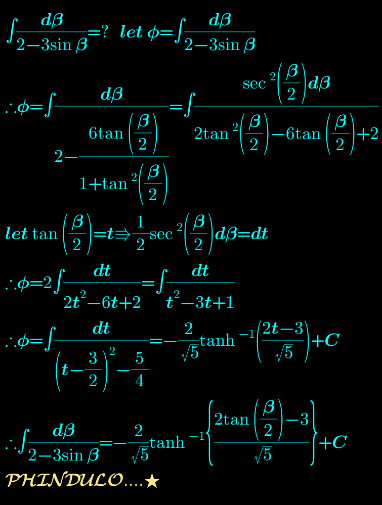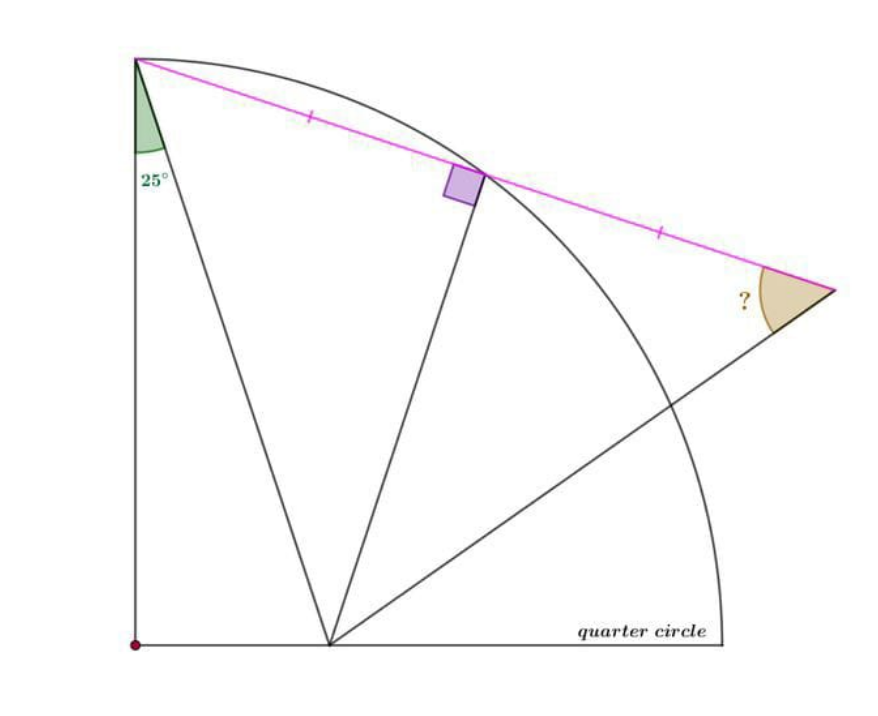
AllQuestion and Answers: Page 698
Question Number 149156 Answers: 0 Comments: 0
Question Number 149155 Answers: 0 Comments: 0
Question Number 149151 Answers: 4 Comments: 0
Question Number 149150 Answers: 1 Comments: 0
Question Number 149142 Answers: 1 Comments: 0
Question Number 149141 Answers: 0 Comments: 2
Question Number 149140 Answers: 0 Comments: 2
Question Number 149129 Answers: 2 Comments: 1

Question Number 149128 Answers: 0 Comments: 0
$$ \\ $$does anyone in this group have monbusho test questions?
Question Number 149127 Answers: 0 Comments: 0

Question Number 149123 Answers: 2 Comments: 0

Question Number 149122 Answers: 0 Comments: 0

Question Number 149121 Answers: 2 Comments: 0
Question Number 149120 Answers: 0 Comments: 0

Question Number 149113 Answers: 1 Comments: 0
Question Number 149112 Answers: 0 Comments: 2
Question Number 149107 Answers: 1 Comments: 0

Question Number 149106 Answers: 0 Comments: 0

Question Number 149116 Answers: 1 Comments: 0
Question Number 149100 Answers: 1 Comments: 0

Question Number 149092 Answers: 0 Comments: 0

Question Number 149085 Answers: 0 Comments: 0

Question Number 149081 Answers: 1 Comments: 0

Question Number 149080 Answers: 0 Comments: 0

Question Number 149068 Answers: 1 Comments: 0

Question Number 149060 Answers: 1 Comments: 0
Pg 693 Pg 694 Pg 695 Pg 696 Pg 697 Pg 698 Pg 699 Pg 700 Pg 701 Pg 702
